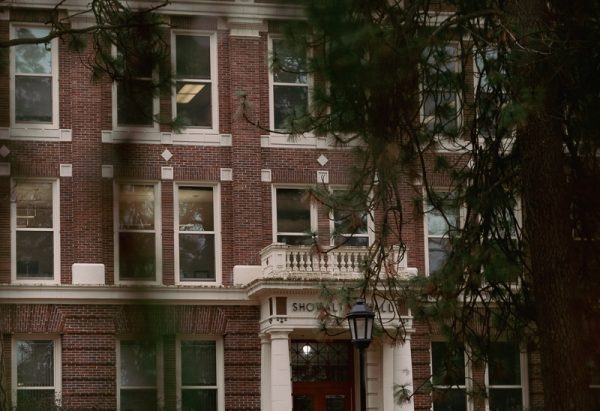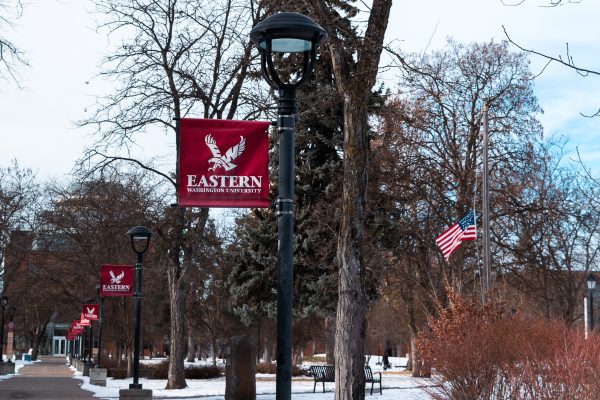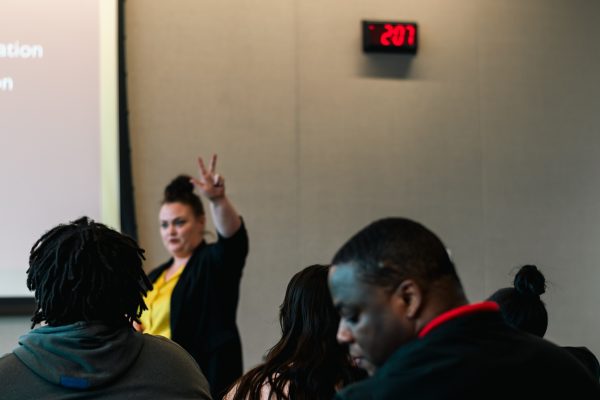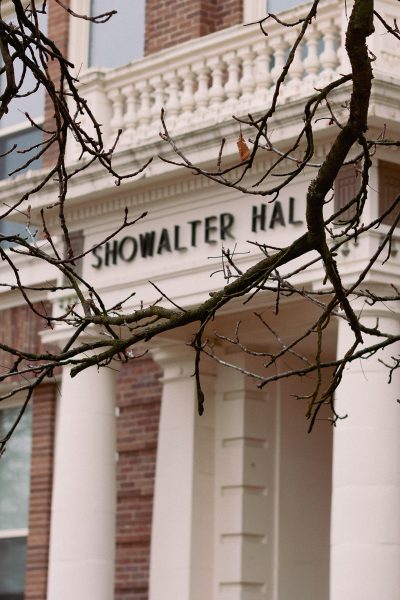Résumés create persuasive snapshots of students

March 12, 2014
With graduation just around the corner, professionals are lending their tips and tricks to make a résumé and cover letter stand out.
Dr. Jeff Stafford, a professor of communication, said a résumé is a representation of a person and his or her experiences.
“[A résumé] is snapshot of you that highlights what you have to offer,” said Stafford.
The format Stafford suggested to follow includes contact information at the top, including name, phone number, email address and website, if you have one. After the contact information, you should a summary of what you have to offer.
“From a persuasive standpoint, what you have to offer is a stronger argument than what you want,” said Stafford, referring to a summary statement versus an objective.
Next, you should be education.
“Generally for new college grads, the biggest thing you have to sell is your college education, so education should be up towards the top,” said Stafford.
Education should then be followed by work experience and recent accomplishments. Finally, you should list references.
Dr. Stafford said the résumé should be one to two pages.
Maggie Crabtree, a public relations professor in the communications department, believes that a résumé should be tailored to the specific job you are applying for.
“If you look at their vision and values, their mission, you are going to know what kind of person they are looking for,” Crabtree said.
President of MarCom Associations and Marketing Communications Specialist for Hot Start Leslie Czernik suggested that students with little job experience can fill that void with internships.
“The internships will reflect better on [how you work], particularly if you are in a professional environment,” Czernik said.
Stafford said a cover letter is the link between the job description and the job, in which you sell yourself in one page.
“In it’s simplest form, quite frankly, it’s the five paragraph format. With the first paragraph as a clear statement of what you want and a preview of what is to come,” Stafford said. “The next two or three paragraphs are the major attributes or skills that are most likely to sell you. And then the last paragraph is a call to action, a persuasive statement of why they should pick you.”
Adding tangible skills and work experience will help to set you apart from other candidates, according to Czernik.
“As great as it is to hear that you are passionate and enthusiastic, that doesn’t tell me what to expect from you as an employee,” she said.
However, Stafford mentioned there are other useful tools, in addition to a résumé and cover letter.
Crabtree suggested that LinkedIn is a great professional tool, where the strongest points of a résumé are reinforced.
“Make sure that your LinkedIn is as professional as it can be, that you have a professional photo on there and that you are very clear on what kind of job you are looking for,” said Crabtree.
She also warns that just because something is set to private on social media, does not mean employers do not have tools to go around that setting.
“Your life should be exactly how it is on Facebook,” Crabtree said, “as it is going to be everywhere else in your life.”
In addition, Czernik said to look at a company’s social media
“Go to their Facebook. Check out their Twitter. See what kind of information they are sharing,” Czernik said.
If students would like help with résumés and cover letters, they are encouraged to meet with their adviser or an adviser from Career Services.
“I think the most important thing is to make it yours,” Crabtree said. “Every résumé should not be cookies cutter. This is not making gingerbread.”






![Simmons said the biggest reasons for her success this year were “God, hard work, and trusting [her] coach and what she has planned.”](https://theeasterner.org/wp-content/uploads/2024/05/image1-1-1200x800.jpg)










